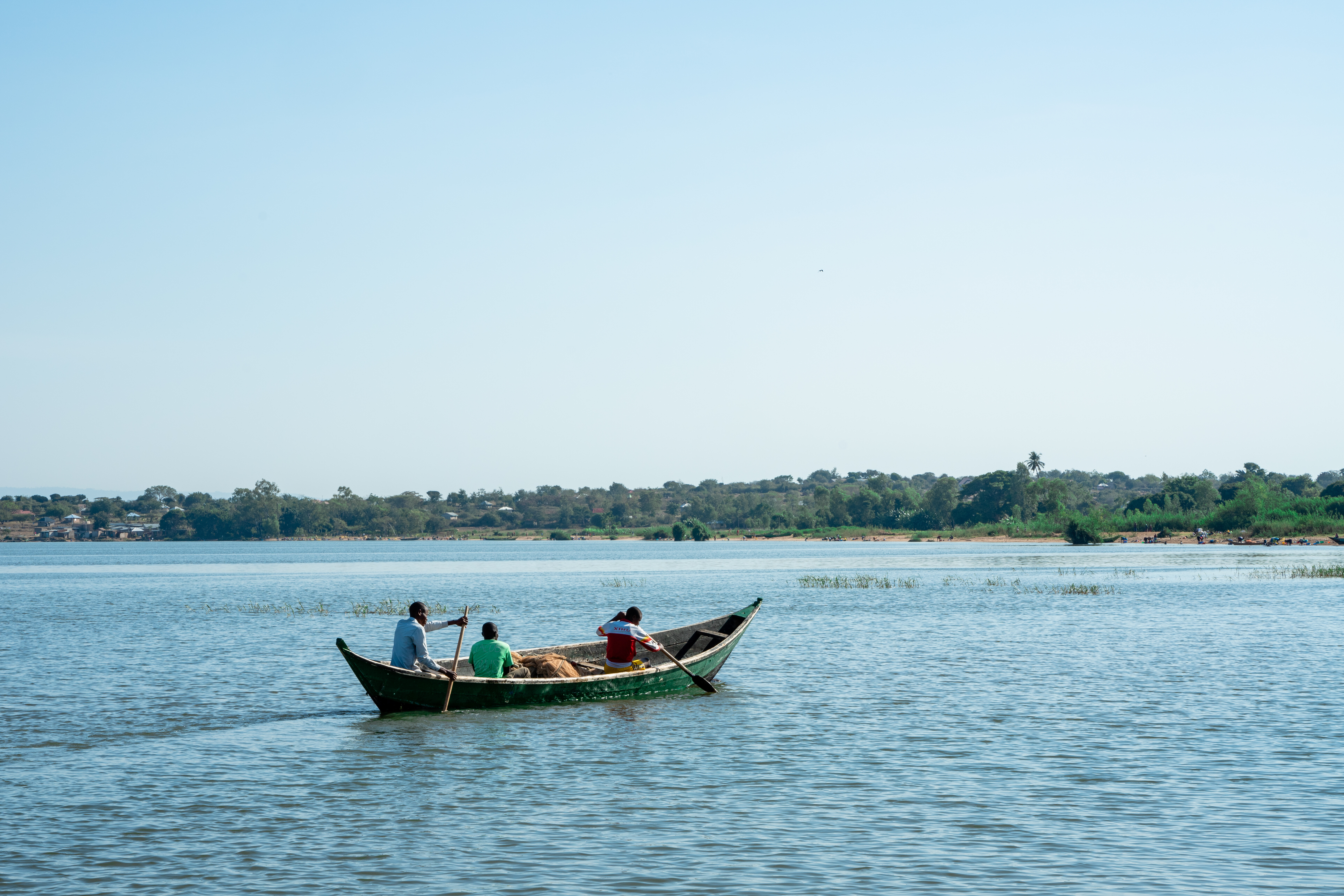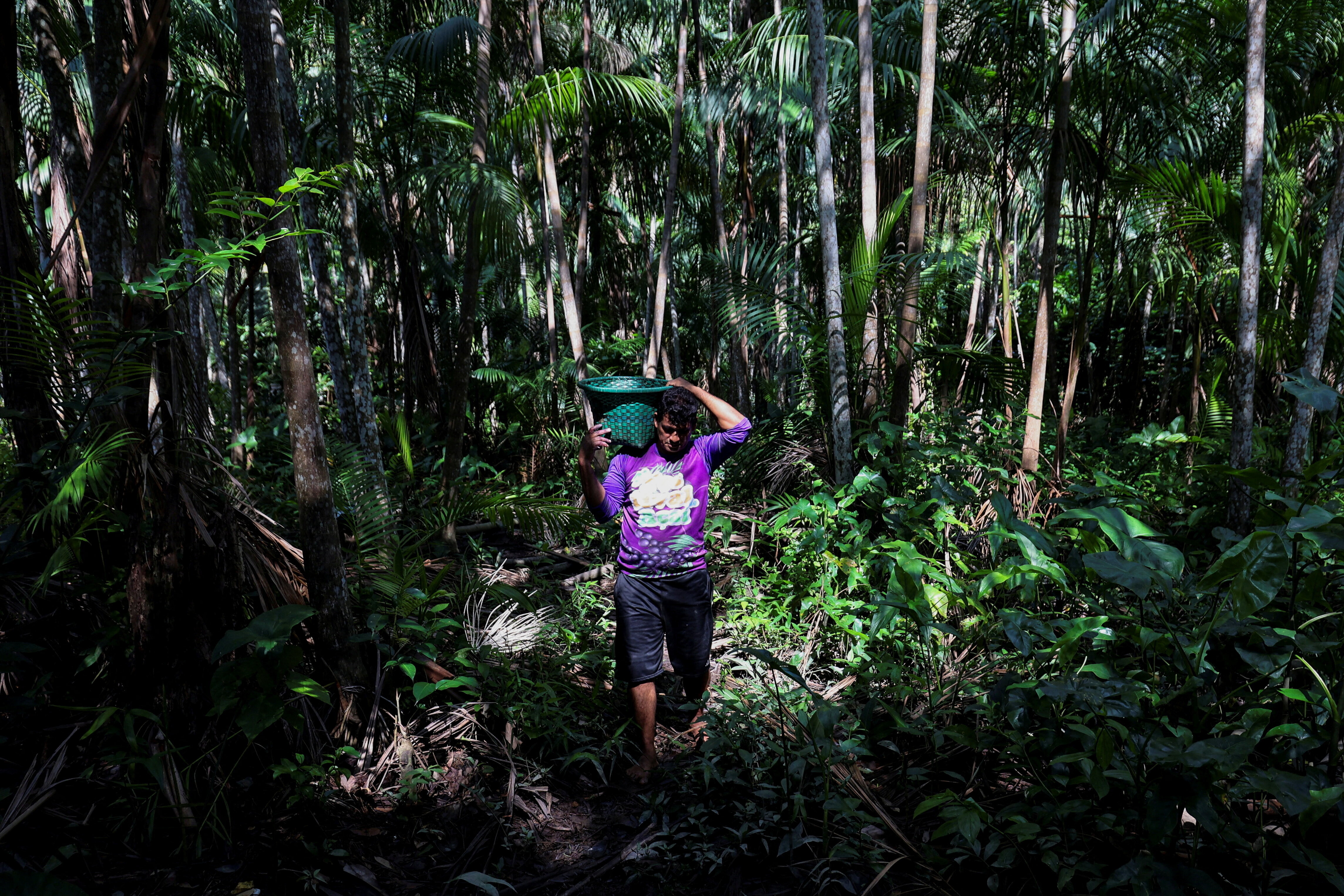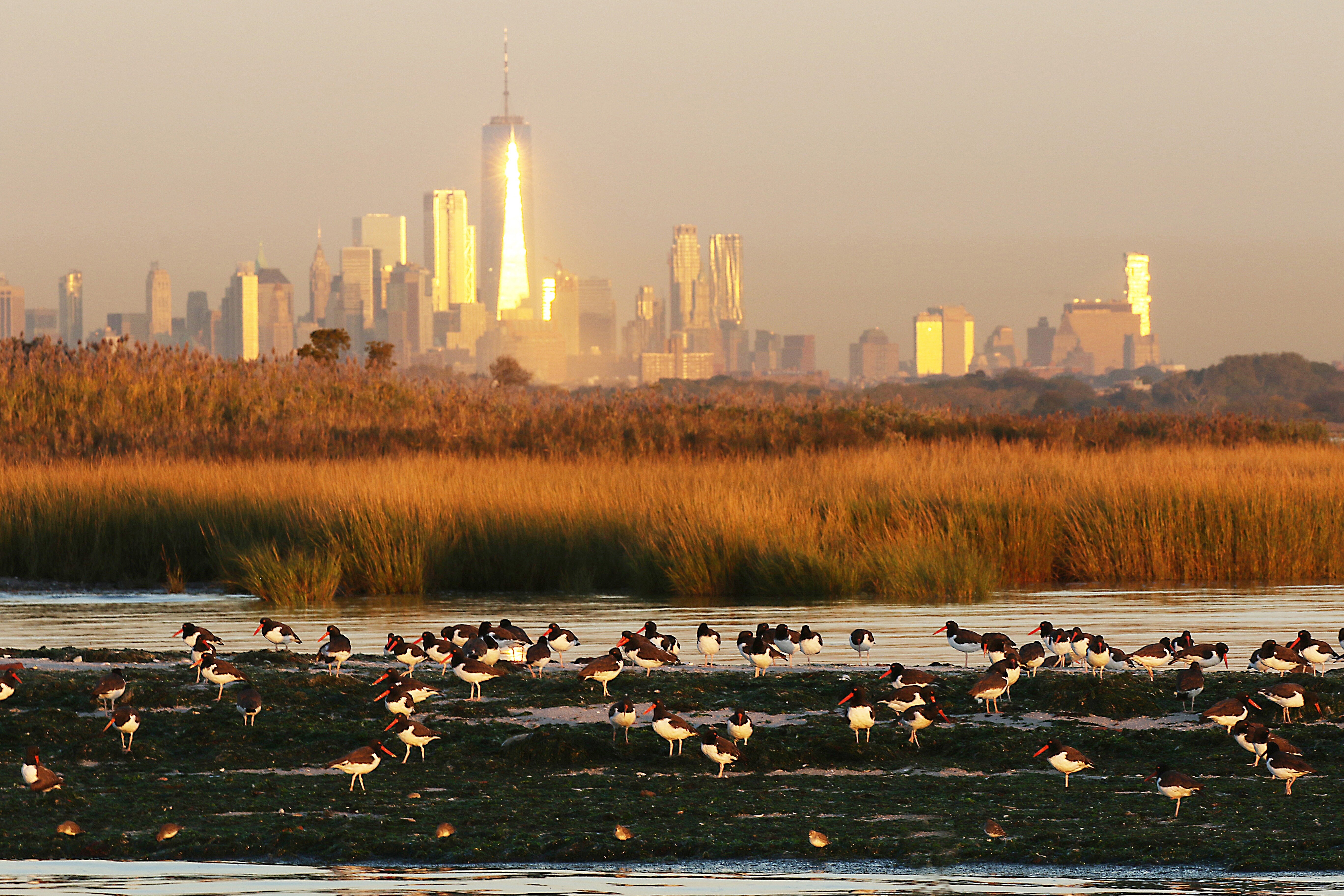Why smallholder farmers are central to new food security interventions

We can only achieve global food security by giving financial, climate, and technological security to those growing food
Image: Unsplash/Jeremy Bezanger
Stay up to date:
Food Security
Listen to the article
- Food security has been challenges for leaders and governments alike for centuries, but now we have an opportunity for a rethink.
- Key to feeding the planet is working with smallholder farmers, who produce about one-third of the world's food supply.
- We can transition to a sustainable food system by embracing agricultural innovation and technology for producers at all levels.
Throughout history, the fate of leaders and governments alike has been intertwined with the ability of a nation to feed its people. From food riots during the Roman Empire, to bread shortages sparking the Arab Spring, there are few more compelling forces for social unrest than citizens’ hunger.
That food security is tantamount to national security is not a new idea, but as domestic food shortages threaten the introduction of export restrictions, fertilizer shortages limit the number of seeds being planted and climate events continue to ravage production capability, a new reality for how nations grow food is unavoidable. But it is also a chance for a rethink.
In food security, it is time to acknowledge the benefits of being part of something smaller because in global agricultural development, small is good. The 600 million smallholder farmers around the world working on less than two hectares of land, are estimated to produce 28-31% of total crop production and 30-34% of food supply on 24% of gross agricultural area.
Smallholder farmers key to food security
Our over-reliance on smallholder farmers to feed our growing population cannot be overstated, and yet the risk and responsibility these farmers face on a daily basis is not matched by the financial, technical and technological support they need to thrive.
The truth is that no-one has food security until everyone has food security, and the secret to achieving the levels of supply and storage required to feed the planet lies in policymaking and interventions on the ground that empower, rather than entangle, smallholder farmers worldwide.
This shift in thinking represents an exciting, transformative opportunity not only for how we farm, but how we think about the role of farming as well. New innovations and technologies are combining with good agricultural practices to tackle misconceptions that increased agricultural productivity comes at the expense of our planetary health.
Agriculture is a route to net-zero emissions
In almost every instance, smallholder farmers are disproportionately affected by the freak weather events, rising temperatures and depleted aquifers that result from our deteriorating climate and our carbon-saturated atmosphere.
Yet global soils have the capacity to hold twice as much carbon as is present in our atmosphere, and carbon sequestered in soils also presents incredible benefits for the health and resilience of the soil itself, and that of the crops it grows.
Treated with the right solutions and practices, it is estimated soil carbon sequestration could remove as much as 5.5 billion tonnes of carbon dioxide a year from the atmosphere, which is about 25% of the carbon reduction needed to avoid breaching the catastrophic 1.5°C global warming barrier.
And through working with farmers on simple interventions like tilling practices, cover crops and water-use efficiency can enable us to leverage soil’s capacity as a carbon sink, and as a route to net zero.
The belief in this potential is the reason why at UPL we are taking our own steps to equip and enable farmers to participate in carbon farming – set of agricultural practices that result in increased storage of atmospheric carbon in the soil –through our Gigaton Carbon Goal.
Regenerative practices such as crop diversification not only lead to healthier, more resilient and more carbon-rich soils, but can also significantly boost the livelihoods of smallholder farmers who operate off of the finest financial margins and seemingly bet their entire net worth on the viability of their labour every 12 months.
The programmes we have led with cocoa communities in West Africa, for example, have introduced vegetable cultivation that is exclusively led by women farmers, reducing a family’s dependence on the volatile performance of a cocoa crop, and bringing new skills and enfranchisement for women.
Scale up technology for smallholder farmers
For 50 years, we have worked with smallholder farmers all around the world and we are firm believers in the idea that it is easier to scale technology up than to scale it down. Keeping smallholder farmers front of mind in innovation is crucial for ensuring technological development doesn’t inadvertently widen the gap, or rely on a funding or distribution model that disqualifies the very people who need these tools the most.
From an artificial intelligence-driven mobile app that helps farmers identify the onset of one of Africa’s most hazardous invasive pests to a weather risk management service that predicts and protects against weather events in India, we are working with a number of promising innovations that are being specifically developed with smallholders in mind, and distributed to those that need them the most.
And at the micro level, our ProNutiva approach pairs the world’s leading biological technologies – derived from algae, enzymes, seaweed – with traditional agricultural inputs such as crop protection products to ensure that farmers have access to the most appropriate, tailored portfolio of products and solutions, prioritizing the health of their crop, and leading to tangible benefits for yield and income.
Collaboration key to meeting sustainability goals
On a note of caution, it is easy to see how sustainability goals can come into conflict with security goals in times of friction and uncertainty. But it cannot be either/or, and we must resist any push for security that risks undoing the incredible progress made within sustainable agricultural development at a practice and policy level in recent years.
Instead, greater emphasis must be placed on collaboration: collaboration between conventional and biological inputs; between large and small farming communities; between public and private partners; and between those nations who can produce large quantities of food, and those who depend on them.
What is the World Economic Forum doing to help ensure global food security?
For 50 years, UPL has been an agricultural inputs company. But for the next 50 we need to be an agricultural outcomes company, and we need the rest of our industry to join in.
We are reimagining sustainability for global farming by reimagining the role that it can play for both people's and the planet’s health, and by ensuring our transition to a truly sustainable food system is led in a way that does not leave behind the farmers, communities and food systems who rely on it most.
We can only achieve global food security by giving financial, climate, and technological security to those growing food and we are excited to work with partners around the world to realize this.
Don't miss any update on this topic
Create a free account and access your personalized content collection with our latest publications and analyses.
License and Republishing
World Economic Forum articles may be republished in accordance with the Creative Commons Attribution-NonCommercial-NoDerivatives 4.0 International Public License, and in accordance with our Terms of Use.
The views expressed in this article are those of the author alone and not the World Economic Forum.
Related topics:
Forum Stories newsletter
Bringing you weekly curated insights and analysis on the global issues that matter.
More on Food, Water and Clean AirSee all
Marco Lambertini and Marcelo Bicalho Behar
November 6, 2025
Essam Yassin Mohammed
November 6, 2025
Lasse Bruun
November 6, 2025
Marielle Anzelone and Georgia Silvera Seamans
October 31, 2025
Ayla Majid
October 30, 2025






